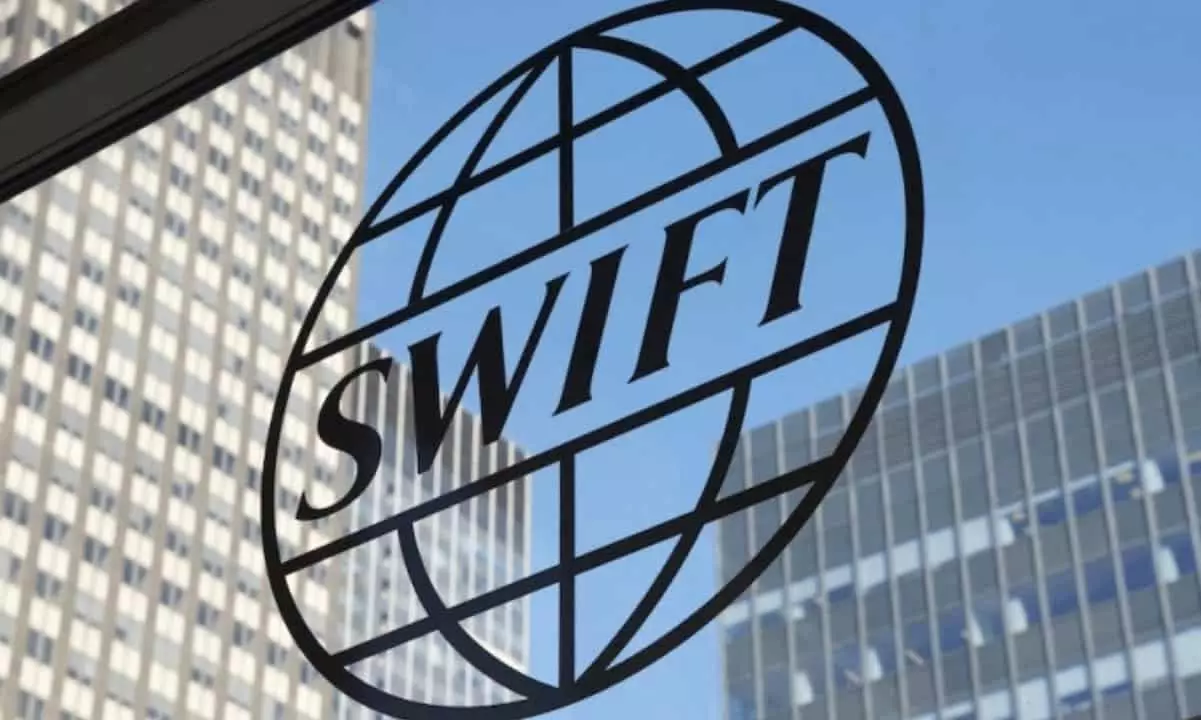On September 11, SWIFT, the global provider of secure financial messaging services, declared its commitment to integrating digital assets and cryptocurrencies into its existing network. This initiative highlights an evolving landscape where traditional and digital financial systems converge, responding to the increasing demand for efficient and regulated financial transactions. Established in 1973, SWIFT has traditionally served as a backbone for international banking communications. Its recent pivot towards digital assets suggests it recognizes the significant role these innovations play in the future of finance.
A notable aspect of SWIFT’s announcement is its recognition of blockchain technology, particularly Ethereum, as a foundational layer for its digital asset infrastructure. Matthew Sigel, an expert in digital assets, indicates that SWIFT’s focus is not just theoretical; it is actively engaging in interoperability tests that connect conventional financial operations with blockchain frameworks. The growing interest in tokenized assets, as projected to reach $30 trillion by 2034 according to Standard Chartered, underscores the urgency for SWIFT to adapt to these transformative trends. By venturing into blockchain, SWIFT aims to dissolve barriers that currently fragment the digital financial landscape, allowing institutions to seamlessly navigate between traditional currencies and emerging digital forms.
Despite the promise of its initiative, SWIFT has acknowledged the fragmented nature of the current market, which consists of various technologies and regulatory hurdles. Institutions face significant challenges when engaging with multiple tokenization platforms, often creating operational inefficiencies. SWIFT’s emphasis on interoperability emerges as a solution to these complexities. With successful experiments showing how to transfer tokenized assets across diverse blockchains, SWIFT aims to leverage its extensive network to facilitate real-time transactions, thereby creating a cohesive environment for digital asset trading.
The organization plans to integrate both fiat and tokenized currencies in its transactions, aimed at simplifying the payment processes within its infrastructure. SWIFT envisions a dual system where initial transactions utilize familiar fiat currencies before transitioning to advanced digital forms like Central Bank Digital Currencies (CBDCs) or regulated stablecoins. This strategic move could redefine how securities investors conduct business, paving the way for real-time account settlements and efficient cash flow management.
Implications for the Financial Ecosystem
While SWIFT’s progress signals a positive outlook for institutional engagement with digital assets, skepticism remains regarding the inclusion of decentralized cryptocurrencies such as Bitcoin and Ethereum within its framework. Instead, the focus seems to be on enhancing the underlying infrastructure that supports these assets rather than facilitating their direct transfer via SWIFT. Collaborations with platforms such as Chainlink suggest that SWIFT considers partnerships crucial for achieving its ambitious goals, emphasizing the need for a robust and interconnected financial system that can handle both traditional and innovative assets effectively.
SWIFT’s foray into digital assets represents a significant shift in the global financial paradigm. By addressing existing market challenges and embracing advanced technologies, SWIFT could fundamentally reshape how financial transactions occur worldwide, bridging the gap between conventional finance and the burgeoning world of digital currencies. The organization’s forthcoming developments will be keenly observed by industry stakeholders eager to see how this integration unfolds in the coming months.

